Archives
- 2025-11
- 2025-10
- 2025-09
- 2025-03
- 2025-02
- 2025-01
- 2024-12
- 2024-11
- 2024-10
- 2024-09
- 2024-08
- 2024-07
- 2024-06
- 2024-05
- 2024-04
- 2024-03
- 2024-02
- 2024-01
- 2023-12
- 2023-11
- 2023-10
- 2023-09
- 2023-08
- 2023-07
- 2023-06
- 2023-05
- 2023-04
- 2023-03
- 2023-02
- 2023-01
- 2022-12
- 2022-11
- 2022-10
- 2022-09
- 2022-08
- 2022-07
- 2022-06
- 2022-05
- 2022-04
- 2022-03
- 2022-02
- 2022-01
- 2021-12
- 2021-11
- 2021-10
- 2021-09
- 2021-08
- 2021-07
- 2021-06
- 2021-05
- 2021-04
- 2021-03
- 2021-02
- 2021-01
- 2020-12
- 2020-11
- 2020-10
- 2020-09
- 2020-08
- 2020-07
- 2020-06
- 2020-05
- 2020-04
- 2020-03
- 2020-02
- 2020-01
- 2019-12
- 2019-11
- 2019-10
- 2019-09
- 2019-08
- 2019-07
- 2019-06
- 2019-05
- 2019-04
- 2018-11
- 2018-10
- 2018-07
-
br Basis and methodology of DCE MRI DCE MRI
2019-06-13

Basis and methodology of DCE-MRI DCE-MRI images are performed by using injecting low-molecular-weight gadolinium chelated contrast agent with a constant, stable rate. The contrast agent is carried by blood flow into the tissue, causing increased signal intensity (SI) of the T1-weighted images due
-
br Material and methods br
2019-06-13
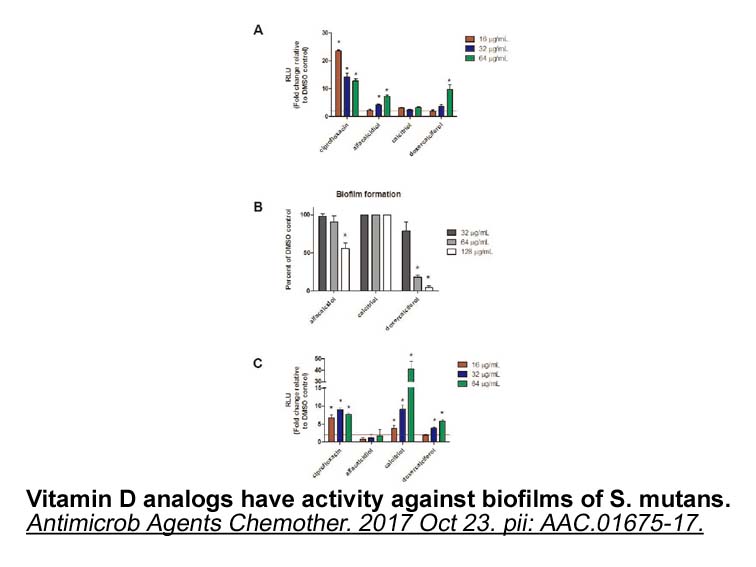
Material and methods Results Discussion Conclusions Conflict of interest Introduction Scoliosis forms a complex curve in all three planes, not only in the coronal plane, leading to deformities caused by the self-rotating movement of the spine [1]. Spinal anomalies may impair cardio
-
Modelling studies have estimated that the
2019-06-13
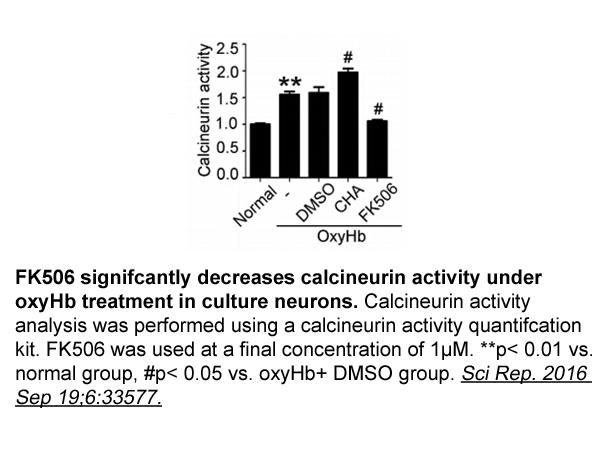
Modelling studies have estimated that the implementation of Xpert MTB/RIF, either in addition to or as a replacement to smear microscopy, will be cost-effective for the diagnosis of tuberculosis and mutidrug-resistant (MDR) tuberculosis in countries with a high burden. The incremental cost of each d
-
In this study we analyzed the
2019-06-13
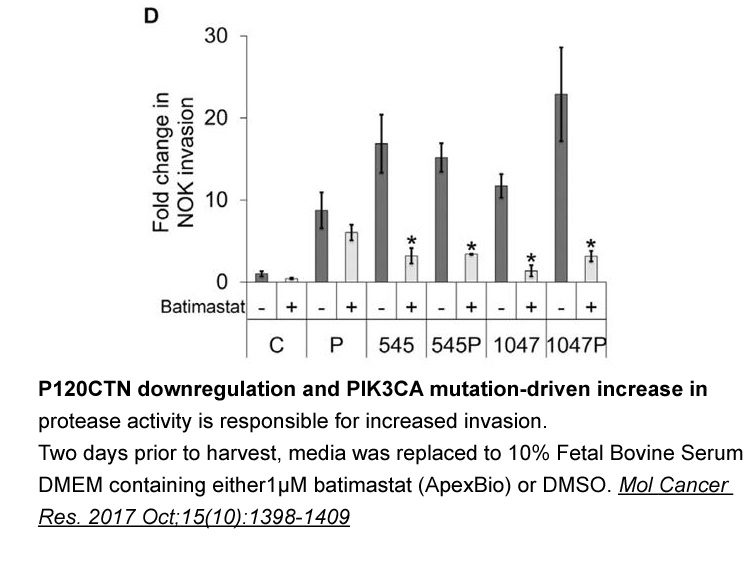
In this study, we analyzed the biological effects of two novel GATA2 mutations, which were identified in adult de novo AML patients. Materials and methods The diagnosis of AML was based on the morphology, histopathology, the expression of leukocyte differentiation 17-aag and/or the French–Ameri
-
gnrh antagonist br Conclusion br Authors contribution br Com
2019-06-13
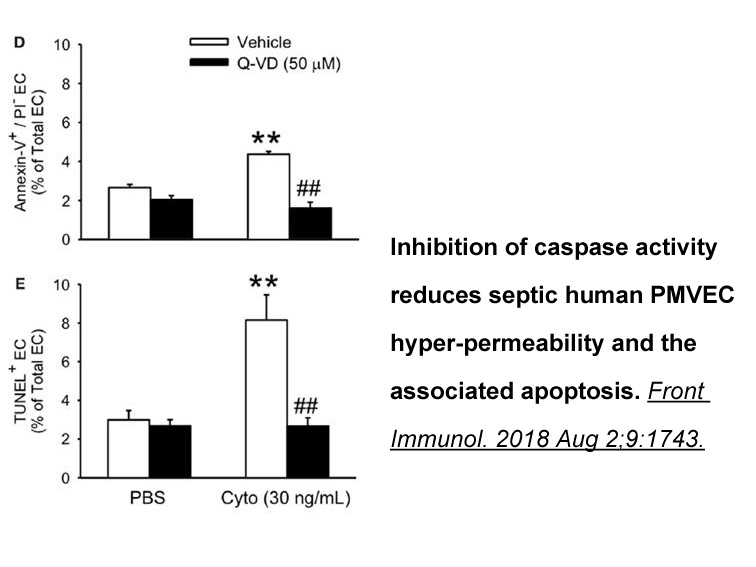
Conclusion Authors’ contribution Competing interests Acknowledgments Case report Imatinib has radically changed prognosis in chronic-phase Chronic Myeloid Leukemia (CML), with 90% overall survival rate at 8yrs, and 40–70% of patients achieving a stable MMR [1]. Even better results hav
-
In high income settings the
2019-06-12

In high-income settings, the prevalence of tobacco use has been shown to be significantly higher in people living with HIV than among HIV-negative individuals of the same age and sex distribution. This at-risk pattern is one of the biggest threats to the number of years of life saved with antiretrov
-
Another key challenge requires special attention in improvin
2019-06-12
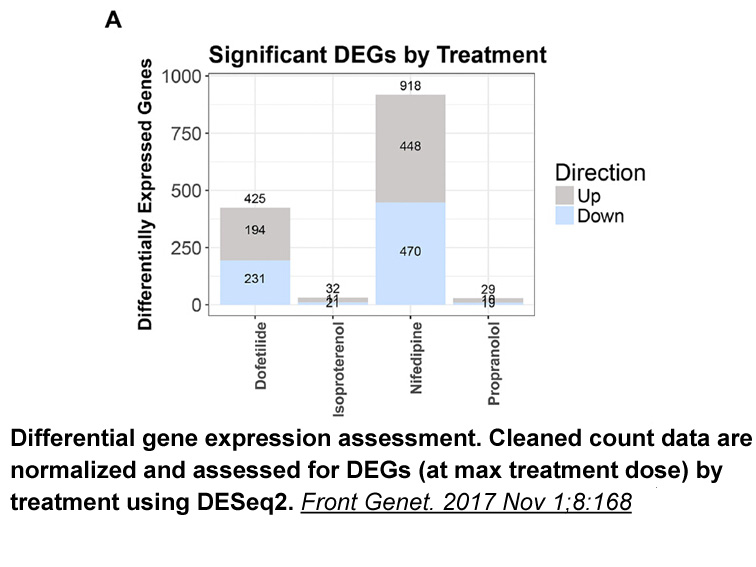
Another key challenge requires special attention in improving maternal health in western China. On the basis of recent estimates, China has more than 250 million so-called rural-to-urban migrants who move from the countryside to cities to seek better paid jobs. A substantial number of these people c
-
MADIT trial enrolled adult patients
2019-06-12
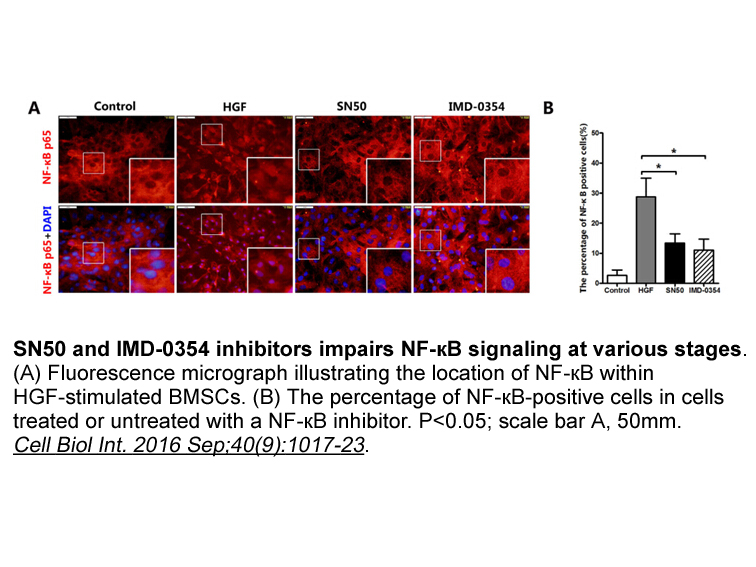
MADIT trial enrolled 196 adult patients with prior myocardial infarction more than 3 weeks (Q wave or elevated cardiac enzyme), with non-sustained ventricular tachycardia (a run of 3–30 of ventricular ectopic beats with a rate more than 120 beats per minute), with left ventricular ejection fraction
-
Data comparing the effectiveness of CFAE ablation
2019-06-12
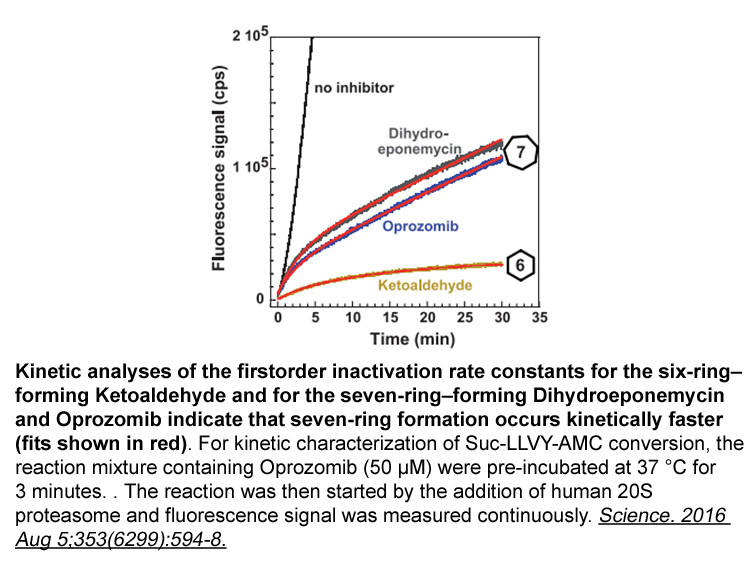
Data comparing the effectiveness of CFAE ablation and LA linear ablation for eliminating long-standing persistent AF is lacking. However, Estner et al. recently showed that CFAE ablation plus PVI in patients with persistent AF ablation approached the same effectiveness as circumferential PVI plus li
-
We herein report a patient with dMMR and
2019-06-12

We herein report a patient with dMMR and MSI-H metastatic gastric cancer who THZ1 Hydrochloride responded favorably and durably to PD-1 blockade. This patient, along with the previous two demonstrated by Le et al, are up-to-date the only 3 MMR gastric cancer patients who responded well to PD-1 block
-
Initial radiographs demonstrated an aggressive
2019-06-12
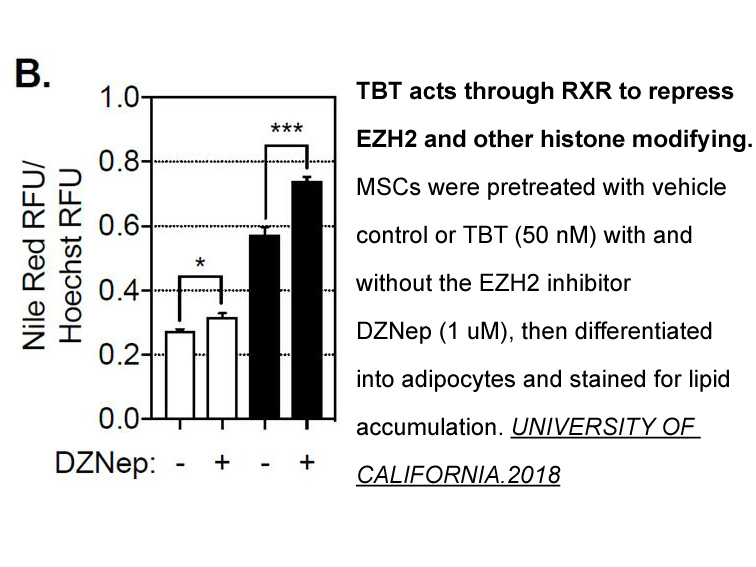
Initial radiographs demonstrated an aggressive lesion in the medial condyle of the distal right femur (Figs. 1A and B). CT obtained to characterize matrix showed an aggressive lesion with a focus of dense linear matrix (Fig. 2) with intervening lucent areas. The lesion was felt to be indeterminate a
-
br Bone half life based dosing As zoledronic acid
2019-06-12
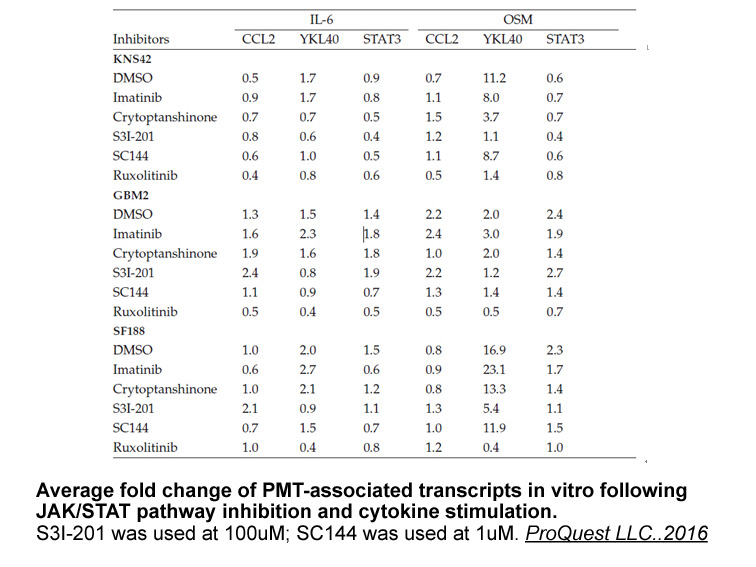
Bone half-life based dosing As zoledronic ion channel has been shown to have anti-tumor efficacy in both the pre-clinical and clinical settings using the conventional regimen (zoledronic acid 4mg infusion 4 weekly), some studies were designed to explore the anti-tumor effects of zoledronic acid
-
br Conclusion br Conflict of interest
2019-06-12
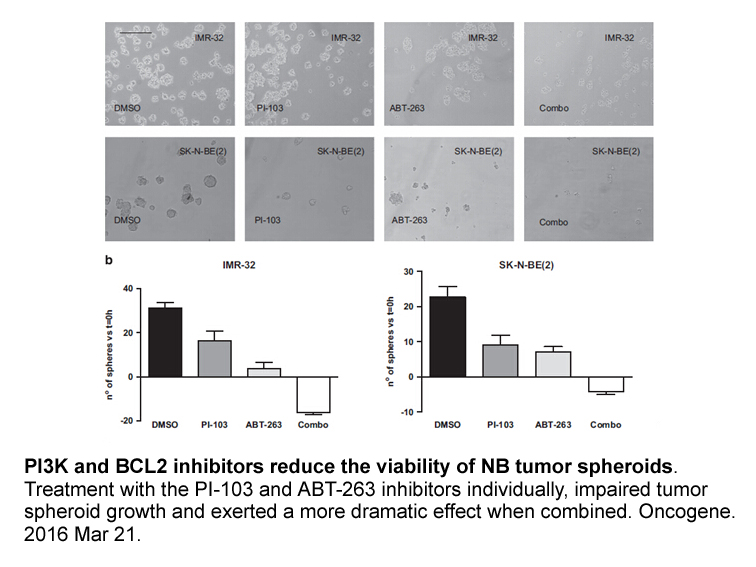
Conclusion Conflict of interest Case report He was transferred to our hospital due to cardiopulmonary arrest at age 45. An electrocardiogram revealed ventricular fibrillation, and sinus rhythm was restored by cardiac defibrillation. After intensive therapy, we planned an implantable cardiov
-
diacylglycerol kinase br Therapy for the CPVT br Conflict of
2019-06-12
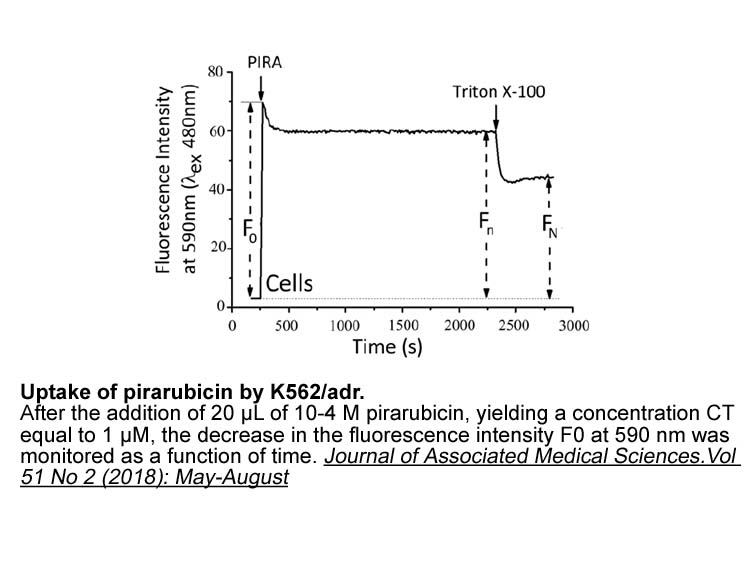
Therapy for the CPVT Conflict of interest Acknowledgment This work was supported by Health Science Research grant from the Ministry of Health, Labour and Welfare of Japan for Clinical Research on Measures for Intractable Diseases (2016-032). Introduction Bradyarrhythmia is a serious ele
-
El trasfondo musical de la
2019-06-12
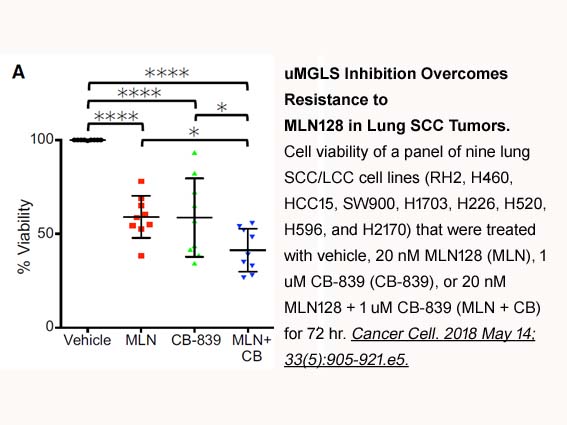
El trasfondo musical de la obra de sor Juana Inés de la Cruz ha recibido la atención de connotados críticos, tanto del ámbito de la música como del de las letras. Quien parece haber inaugurado en toda forma esta veta crítica es Alfonso Méndez Plancarte en su admirable anotación de la obra de sor Jua
16457 records 1048/1098 page Previous Next First page 上5页 10461047104810491050 下5页 Last page